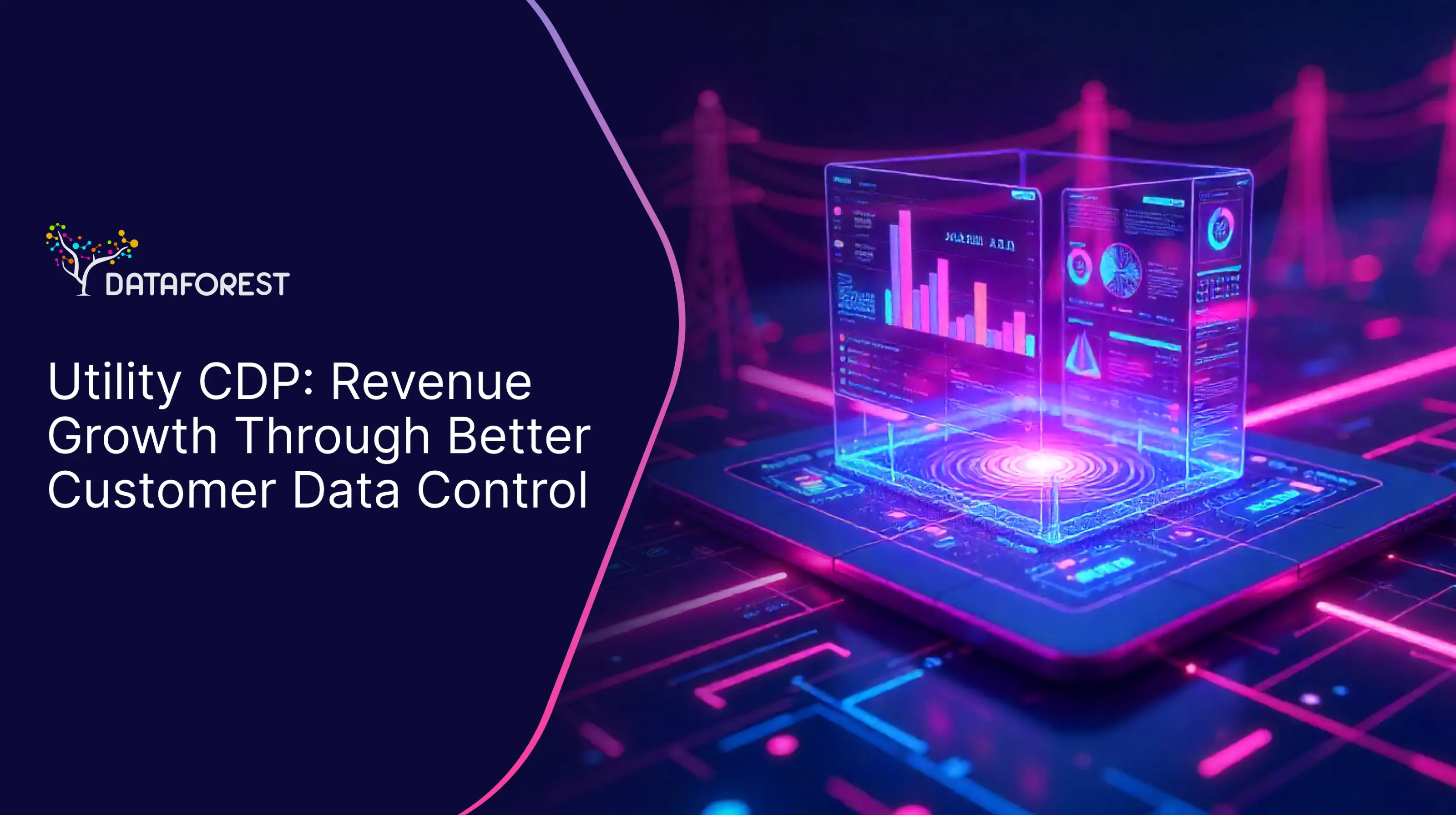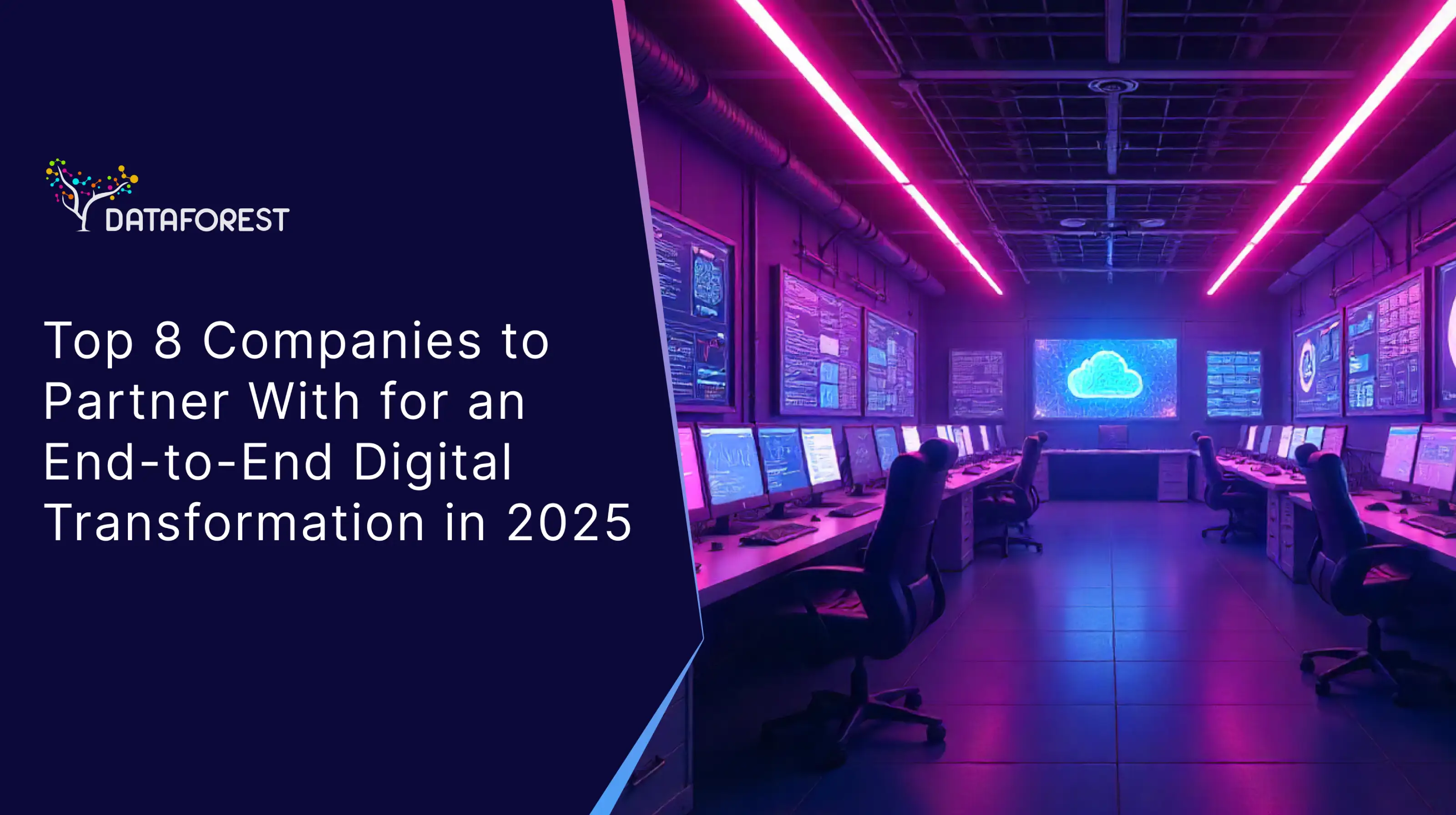A mid-sized manufacturer's sales team promises delivery dates based on outdated inventory data, while production schedules are based on entirely different numbers. Their ERP modules and data flows show 500 units available, while the CRM data synchronization logs 200 units as promised to customers, and executives receive reports showing 300 units in a PowerPoint deck from last month. Without enterprise data integration and system DSS pulling real numbers from both systems, they're flying blind into customer complaints and missed shipments. The alternative is hiring three people to manually reconcile spreadsheets twice a day. If you are interested in integrating a decision support system, please arrange a call to discuss further.

Why Can't Your Business Systems Talk to Each Other?
Deloitte states that integrating AI across e-commerce, ERP modules, and customer relationship management systems enables responsive and personalized customer interactions, as well as enhanced virtual assistant capabilities. Your ERP modules know the inventory, your CRM knows customers, and your system DSS knows trends—but none of them know what the others are doing.
What Data-Driven DSS Really Does for Your Business
A Decision Support System integration isn't magic. It's a software system that turns raw data into DSS reporting and analytics that executives can use. Think of it as a translator between your databases and your decisions. Most companies buy DSS integration to stop making choices based on gut feelings and outdated spreadsheets. But here's the problem: DSS only works if it can see all your data. If it's disconnected from your core systems, you're just getting prettier versions of incomplete information. The real value comes from having one source of truth instead of three conflicting versions. Otherwise, you're paying for expensive guesswork.
Why CRM and ERP Workflow Alignment Runs Your Operations
ERP manages your financial management, inventory management, and production. CRM manages your customers and sales pipeline. These aren't optional systems—they're the infrastructure that keeps your business running. Without them, you'd need armies of people with calculators and filing cabinets. The catch is that both systems create data silos. Your ERP knows what you can make, but not who wants to buy it. Your CRM knows customer demand but not production capacity. This split creates the daily firefighting that burns out your managers. DSS integration doesn't eliminate problems, but it makes them visible before they explode.
The Real Cost of Fragmented Data Management
Seamless data flow may sound like consultant speak, but it actually solves a real problem. When your systems don't connect, people make decisions with half the picture. Sales promise delivery dates without checking inventory. Production schedules work without knowing the actual demand. Finance reports profits based on assumptions, not facts. This fragmentation costs more than money—it costs trust. Customers get disappointed by missed promises. Employees waste time reconciling conflicting reports. Executives make strategic decisions based on data that's weeks old. The competitive advantage isn't having perfect systems; it's having systems that don't lie to each other. System DSS integration helps you align truth across your business processes.
Which Integration Strategies Won't Destroy Your Budget?
Every DSS integration approach has hidden costs that vendors often fail to mention upfront. The question is which one fails in ways you can afford.
Direct Connections Between Systems
Point-to-point DSS integration means your DSS talks directly to your ERP and CRM. No middleware, no fancy architecture—just custom code linking one system to another. This works when you have two or three systems and a competent developer. The problem scales poorly. Each new connection requires separate code, separate testing, and separate maintenance. You end up with a web of dependencies that breaks when anyone updates their software. It's cheap to start but expensive to maintain.
Middleware Platforms That Route Everything
Enterprise Service Bus sounds impressive, but it's basically a traffic controller for data. Your systems send information to the ESB, which routes it to other systems. This centralizes the complexity instead of spreading it around. You get one place to manage connections instead of dozens. The downside is vendor lock-in and licensing costs. ESB platforms are expensive and require specialists to maintain. When the middleware breaks, everything stops working. You're trading DSS integration decision-making capabilities for platform dependency.
Modern API Integration Architecture
API-led DSS integration uses web services to connect systems. Each system exposes its data through APIs that other systems can call. This is how modern software is supposed to work—modular, flexible, scalable. Your DSS integration can pull data from any system with an API. The catch is that your legacy systems lack robust APIs. You'll need to build wrapper services or replace old software entirely. API integration works great for new systems, but can be expensive for existing infrastructure.
Centralized Data Storage Strategies
Data warehouses and data lakes collect information from all your systems in one place. Your DSS integration connects to this central repository rather than individual systems. This gives you better data quality and easier reporting. You can clean and standardize information before it is used by anyone. The trade-off is complexity and cost. Data warehouses require ETL processes (Extract, Transform, Load), specialists, and significant hardware. Data lakes need governance, or they become data swamps. Both approaches are practical but require ongoing investment in personnel and infrastructure.
What Will Break Your DSS Integration Project?
DSS integration hits the same walls—here's how to get through them without losing your budget or sanity.
When Your Data Doesn't Match
Your ERP stores customer names as "Smith, John," while your CRM uses "John Smith." Your DSS integration expects dates in MM/DD/YYYY but gets DD/MM/YYYY from half of your systems. These mismatches often kill integration projects before they even begin. You need data mapping tools and someone who understands both systems to create translation rules.
Working Around Ancient Software
Legacy systems weren't built for DSS integration. They store data in proprietary formats or databases from the 1990s. You can't just plug them into modern APIs. Your options are limited: build custom connectors, use screen-scraping tools, or replace the entire system.
Protecting Data Without Blocking Access
DSS integration means more systems touching sensitive data. IT security will demand encryption, access controls, and audit trails for every connection. Compliance teams want to know who has access to what data and when. This isn't paranoia—data breaches cost millions and destroy reputations.
Getting People to Accept Change
Your accounting team trusts their Excel reports. Sales like their CRM dashboard. Nobody wants unified data if it means learning new processes. People resist DSS integration because it threatens their control over information. You need executive support and training budgets to overcome this resistance.

Select what you need and schedule a call.
How to Not Screw Up Your DSS Integration
Most DSS integration projects fail because people skip the boring parts. The best integration is the one that works when something goes wrong. Here's what works when you do it right.
Find Out What You Actually Have
Your IT department says they know all your systems. They don't. Start with a complete audit of every database, every connection, and every custom script someone built five years ago. Document who owns what data and where it lives. This takes weeks, not days. Skip this step, and your DSS integration will break in ways you can't predict.
Pick Tools That Won't Bankrupt You
Enterprise DSS integration platforms cost millions and take years to implement. Point-to-point connections are cheap but become unmaintainable. APIs work great if your systems have them. Most don't. Choose based on your actual technical debt, not vendor promises. The right tool is usually the boring one that works with what you have.
Real-Time Data Is Expensive
Real-time DSS integration may sound impressive, but it costs more than you think. Every millisecond of delay you eliminate requires more hardware, increased complexity, and additional components that can fail. Most business decisions don't need real-time data. Figure out what needs to be instant and what can wait an hour. You'll save money and sleep better.
Test Everything Twice
DSS integration testing finds problems you didn't know existed. Test with real data, not sample files. Test what happens when systems go down. Test what happens when someone changes a field name. Test edge cases that "never happen" until they do. Plan for twice as much testing time as you need. You'll still find bugs in production.
How DATAFOREST Helps Enterprises Integrate DSS into Their ERP and CRM Systems
Here’s how DATAFOREST empowers enterprises to achieve DSS integration with ERP and CRM systems:
- Unified Data Architecture: We specialize in building robust data pipelines (ETL/ELT) that connect ERP, CRM, and other enterprise systems, ensuring consistent, high-quality data is available for DSS integration.
- API & Middleware Integration: We develop secure API frameworks and custom middleware connectors to facilitate real-time DSS integration with ERP and CRM platforms
- Generative and Predictive AI Embedding: By integrating generative AI agents and predictive analytics into workflows, our team enhances ERP and CRM systems with intelligent features, including forecasting, decision recommendations, and anomaly detection.
- Custom ERP Extensions: We build tailored ERP modules that natively integrate DSS outputs, enabling automated decision execution, strategic planning, and real-time insights directly within core enterprise systems
- End‑to‑End DSS Lifecycle Support: DATAFOREST handles the entire DSS integration lifecycle—from business needs assessment and data mapping to deployment and user training.
Bringing Decision Support into ERP and CRM
Deloitte also affirms that modern ERP systems enhance cross-functional DSS integration, encompassing finance, HR, operations, and CRM, enabling real-time analytics and coordinated action. Embedding cloud, AI, and analytics into ERP allows agile financial reporting, compliance, and end-to-end process visibility. This integrated platform supports strategic decision‑making and scalability, key value drivers for CIOs, CFOs, and COOs. Please complete the form to set organizational control versus chaos by DSS integration.
FAQ On DSS Integration
Do we need to replace our existing ERP and CRM systems to integrate with DSS?
No, but your old systems might force expensive workarounds. If your ERP system is from 2005, integrating DSS will cost more than replacing it.
What types of data should be shared between DSS, ERP, and CRM systems?
Share inventory levels, customer orders, sales forecasts, and financial data. Don't share everything—too much data creates noise, not insight.
Which industries most commonly use DSS solutions alongside ERP/CRM systems?
Manufacturing, retail, and healthcare sectors utilize DSS integration most frequently because they have complex supply chains. Any business with inventory management needs these connections.
Can DSS integrate with both cloud-based and on-premise systems simultaneously?
Yes, but hybrid DSS integration setups are harder to secure and maintain. You'll need specialists who understand both environments.
Is it possible to integrate gradually without disrupting ongoing business operations?
Gradual DSS integration is effective but takes longer and incurs higher costs. You'll run parallel systems during transition, which doubles your workload.
What are the most common mistakes companies make when implementing DSS?
Companies often underestimate the importance of data quality issues and overlook the need for user training. Insufficient data means bad decisions, no matter how good your DSS integration is.







.svg)
















